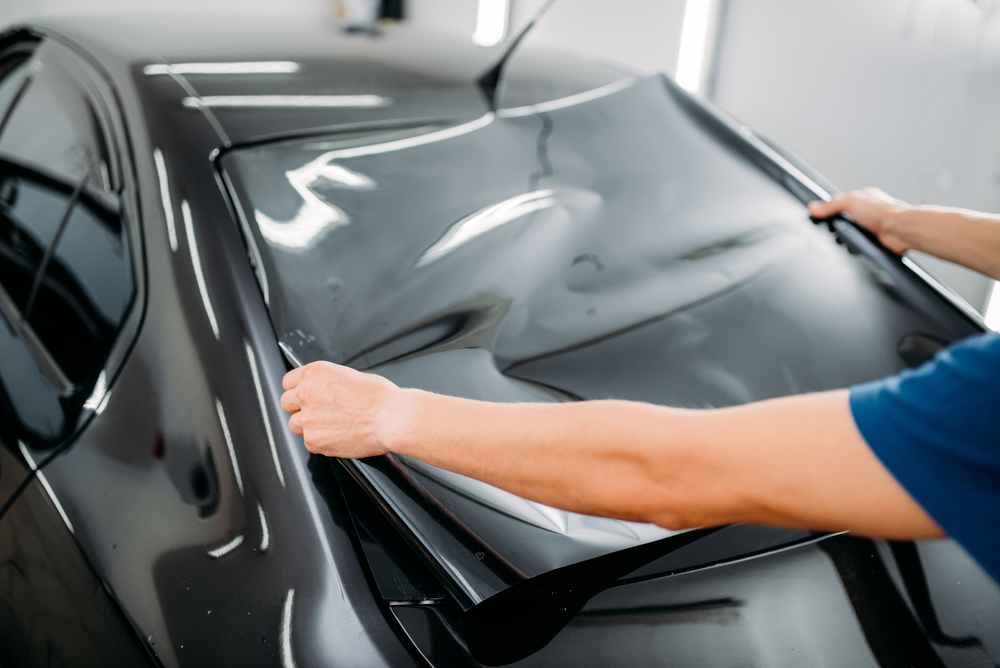It is common for people to tint their car windows and there are a number of benefits for that. In tropical regions or during the summer, window tint film can help to stop excess heat from entering the passenger cabin. However, tint film is made from various materials and they serve different roles. In general, windows tint is made from polyester with 0.002 to 0.007 inches thickness. In many cases, instead of using a single thick layer, multiple thin layers are bonded together to provide multi layered protection against scratches and UV exposure. Windows tint films could also contain UV blocking substances, such as cyclic imino ester. Here are types of window tint films that you should know:
- Dyed Films: This is the simplest type of window tint film which is just dyed films. They should work well for reducing visibility and absorbing heat. However, this will also affect the visibility from driver’s seat. When sunlight hits the window, some heat will be absorbed in the glass material. This will make the windows feel hotter, so the effect can still be felt by the passengers. However, it is still good enough to deflect direct exposure to sunlight. When the car is moving, the heat will be transferred to the passing air.
- Deposited Films: Deposited films are made by putting a layer of film into a tank that contains various metal substances, such as aluminium and nickel-chrome. Artificial vacuum is created by reducing the tank pressure. Then the ingot is heated and the tank is flooded with argon gas. As a result, metal particles will be released from metal bars onto the surface of the film. The metal deposition density is defined by how fast the film passes through a chamber. In general, the deposition technology is quite affordable and it’s commonly used in many factories.
- Sputtered films: Sputtered or metalized films are a bit more complicated to make compared to deposited films. These films are also made in the vacuum chamber, but the process is at the atomic level. Electromagnetic field and argon gas are used in the production process. This method allows individual metal atoms to separate from the metal plate and they will attach on the films. While deposited method works only with a few types of metal, the sputtering method works with a lot more metal types. The result is thinner film with smoother and thinner coating. However, sputtered films are more expensive than deposited films and they are often chosen for high-end usages.
- Hybrid films: These films combine metalized and film dyeing processes to achieve better results. They have good heat absorption capability like dyed films and superior reflective characteristics of metalized films. As a result, hybrid films can make windows feel cooler. The air conditioning unit will work less hard and this contributes to better fuel economy. The reflective property allows for good aesthetics value, while the tinted property allows for better privacy. However, hybrid films can be somewhat more expensive, compared to three other film types.
